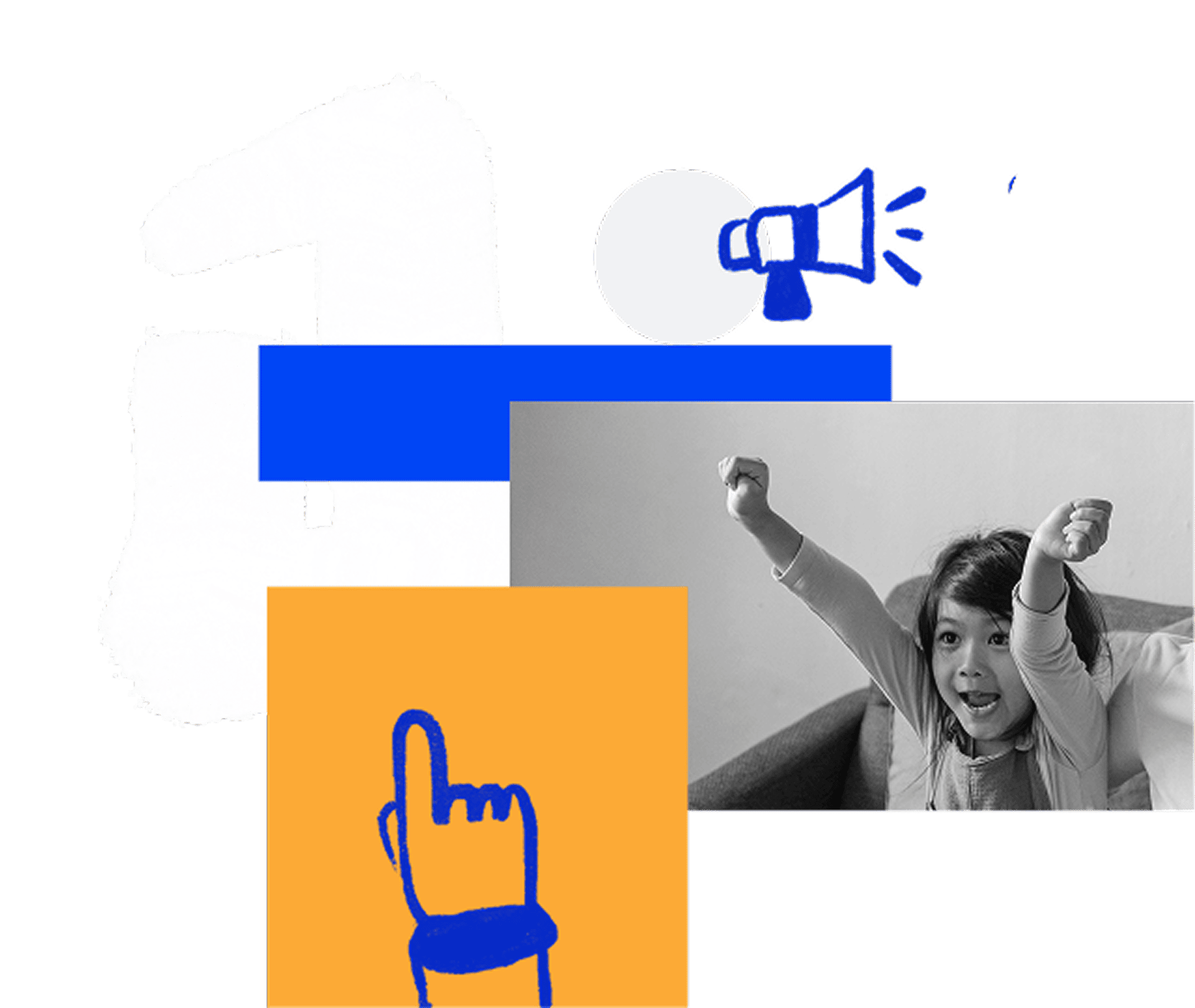Does your AI invite kids to reflect on their thoughts, feelings, or behaviors, or does it bypass that entirely?
AI that jumps straight to answers or solutions can prevent kids from learning how to pause and reflect. Look for opportunities to include open-ended prompts that help kids make sense of what they feel and why.
Does it help kids recognize and name their emotions, or does it rely on one-size-fits-all labels?
Responses like “Sounds like you’re upset” validate a child’s emotions but try to help kids name specific emotions to build their emotional vocabulary and understand the cause and effect. The AI might say: “Sounds like you feel upset because you were let down. I get that” Even if that’s not why the child is upset, it prompts reflection so they can identify their emotion and why they feel it.
Does it support kids in understanding their strengths and limitations, or does it offer generic praise?
Feedback like “You’re smart!” can feel static and superficial. Aim for growth-oriented reinforcement that reflects effort, strategies used, or specific challenges overcome. Such as “Well done! I can tell you’ve put a lot of time on the drawing” or “I love the way you’ve used different colors”.
Does it guide kids to consider how their mindset influences their actions, or ignore the connection between thoughts, emotions, and behavior?
Gentle cues can help kids notice how they’re feeling and how it’s affecting their actions. For example, if a kid says, “I’m just bad at this,” the AI could respond in a concrete way like, “It’s normal to feel stuck. What’s one thing we can try differently this time?”
Does it give kids space to set personal goals or express values, or does it steer them toward preset outcomes?
AI that doesn’t invite personal expression can limit kids’ sense of agency. Look for ways to let kids name goals, make choices, or reflect on what matters to them.





